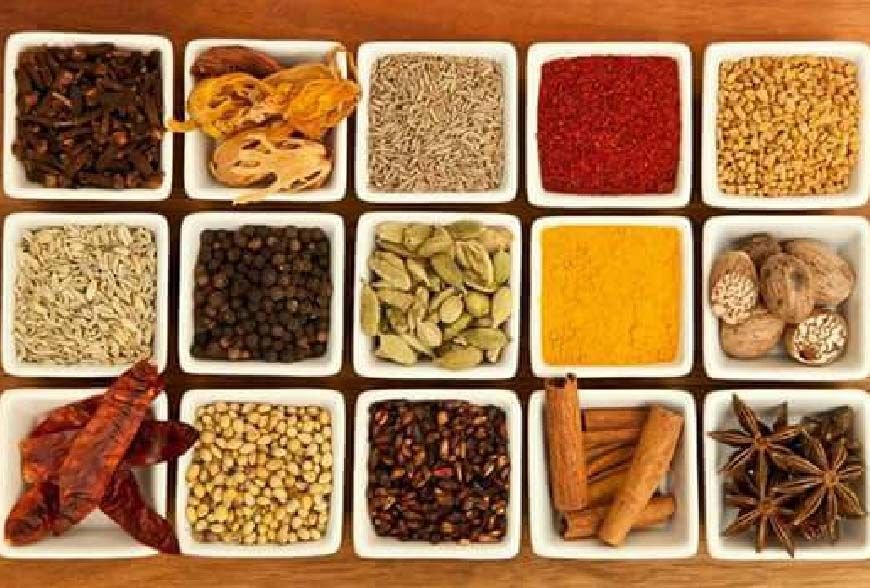India has always been known as the land of spices, where every region adds a unique flavor to its food culture. From ancient times, Indian spices have played a major role in trade, health, and culinary traditions. The aroma, taste, and medicinal properties of Indian spices make them popular not just within the country but also across the globe. Let’s explore why India Famous for its Spices.
The History of Indian Spices
The history of Indian spices dates back over 5,000 years. India was a central hub of the famous Spice Route, attracting traders from Rome, Egypt, and China. The Portuguese, Dutch, and British arrived in India mainly for its rich spice treasures such as pepper, cardamom, cloves, and cinnamon. This trade not only influenced global cuisines but also shaped India’s cultural and economic heritage.
Popular Spices from India
India produces a wide variety of spices, each with unique flavor, aroma, and health benefits. Some of the most famous Indian spices include:
- Turmeric (Haldi): Known for its golden color and medicinal properties, turmeric is used in curries, beauty remedies, and Ayurveda.
- Black Pepper (Kali Mirch): Known as the “King of Spices,” pepper adds sharpness and depth to dishes.
- Cardamom (Elaichi): The “Queen of Spices,” cardamom is used in sweets, tea, and aromatic curries.
- Cloves (Laung): Strong and aromatic, cloves enhance curries, rice, and medicinal teas.
- Cumin (Jeera): A staple in Indian kitchens, cumin seeds add earthy flavor and aid digestion.
- Coriander (Dhania): Used both as seeds and powder, coriander is a key spice in curries and chutneys.
- Red Chili (Lal Mirch): Adds heat and color to Indian dishes, widely used across all states.
- Mustard Seeds (Sarson): Essential in Indian pickles and curries, especially in eastern and southern India.
These spices not only make Indian cuisine diverse but also symbolize India’s agricultural richness.
Spice-Producing States in India
Different states of India are known for specific spices:
- Kerala: Famous for black pepper and cardamom.
- Tamil Nadu: Known for curry leaves, chilies, and turmeric.
- Rajasthan: Famous for red chilies and cumin.
- Andhra Pradesh: A leading producer of chilies and coriander.
- Sikkim: Known for large cardamom production.
Each region’s climate and soil make it ideal for cultivating different spices, making India the largest producer and exporter of spices in the world.
Spices in Indian Cuisine

Indian cuisine is incomplete without spices. From North Indian curries to South Indian sambars, every dish is enriched with a blend of spices. Masalas like garam masala, curry powder, and chaat masala are made by mixing different spices in balanced proportions. Spices not only enhance taste but also preserve food naturally.
Medicinal Value of Indian Spices
Apart from flavor, Indian spices are valued for their health benefits. Ayurveda has long recognized the healing power of spices.
- Turmeric acts as an anti-inflammatory.
- Cinnamon regulates blood sugar.
- Cloves improve oral health.
- Pepper boosts immunity and digestion.
- Cardamom aids in detoxification.
Thus, Indian spices play a key role in both food and wellness.
Indian Spices in Global Trade
India is the world’s largest exporter of spices, supplying to more than 150 countries. The Spices Board of India ensures quality standards and promotes Indian spices globally. From the Middle East to Europe and America, Indian spices are highly demanded for their superior quality and rich aroma.
India Famous for its Spices is deeply rooted in its history, culture, and cuisine. These aromatic treasures not only make Indian food delicious but also contribute to health and global trade. Truly, when we talk about flavors, India stands as the spice capital of the world.
Indian-Style Mushroom Fried Rice Recipe
Mushroom and Spinach Curry Recipe
Read Also: Recipe Cuisine
![]()





